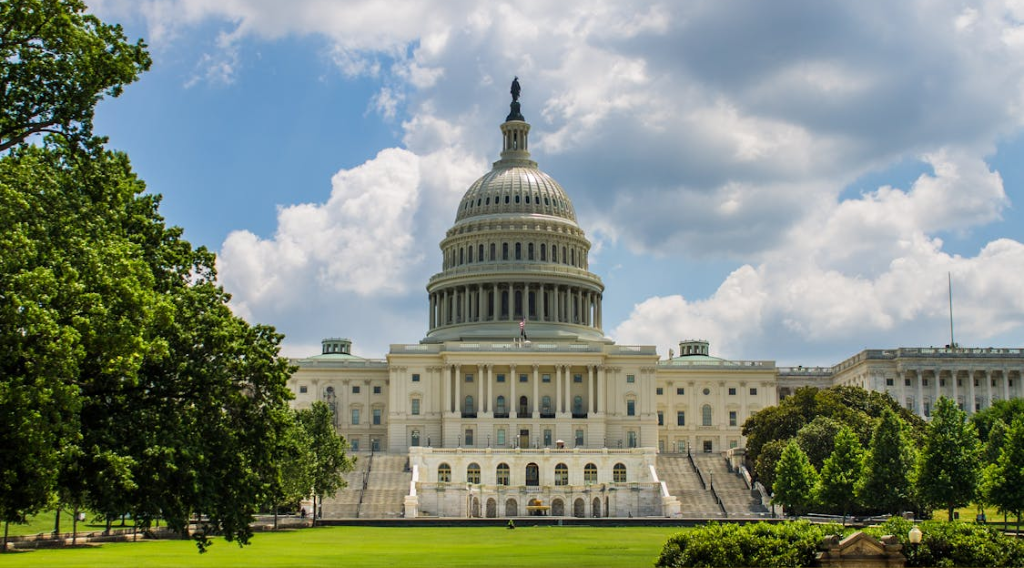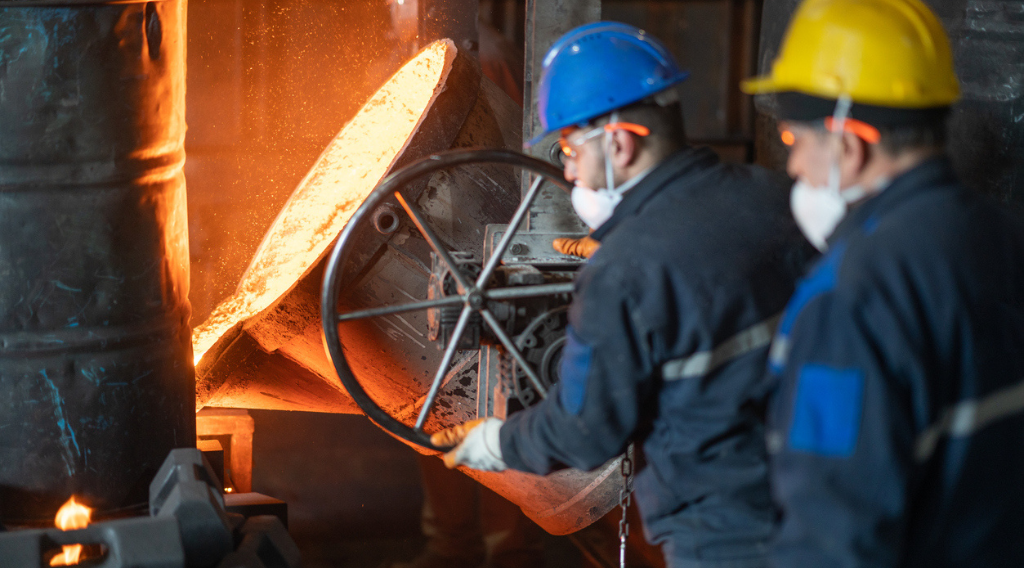
The US—and the world—must dramatically accelerate emissions reductions this decade to prevent dangerous increases in global temperature and achieve a net-zero carbon economy by midcentury. The speed and scale of required reductions can be visualized by looking at our carbon budget. Just like a financial budget sets your spending limits, the carbon budget sets our carbon dioxide (CO2) emissions limits to avoid additional global temperature rise.
A few key takeaways about why our carbon budget matters:
- We need to reduce emissions rapidly this decade to avoid locking in increases of 1.5 degrees Celsius or more.
- Going beyond these thresholds will have increasingly negative impacts for people, our economy, and our environment.
- The longer we wait, the more expensive and difficult it will be to reach a net-zero economy and address climate change, because we’ll need to both prevent and remove emissions on a larger scale.
Our carbon budget clearly shows the scale of the challenge we face, which involves reducing emissions in a rapid timeframe. At the same time, equipping our economy to meet this challenge is also an immense opportunity to sustain and grow jobs while building cleaner, more resilient communities.
What is our carbon budget?
If we continue emitting CO2 at current levels, we will lock in a temperature rise of at least 1.5 degrees in seven years. That’s because we have just over 300 billion tons of additional carbon emissions left in our budget. We emit about 36 billion tons of CO2 per year in direct emissions. When you include indirect emissions from land use and agriculture, we’re adding about 40 billion tons of CO2 per year to the atmosphere.

Why do we need to reduce carbon emissions by 2030?
The US recently announced emissions reduction targets for cutting our emissions in half by 2030. National targets across the world are focused on 2030 because the science shows how difficult and expensive it becomes to manage our emissions if we delay. Delay also means locking in temperature increases of 1.5 degrees or more.
The speed at which we achieve large-scale reductions matters because at current rates, global CO2 emissions continue to accumulate in the atmosphere. This accumulation traps more and more heat from the sun on earth—intensifying the greenhouse effect, raising temperatures, and destabilizing the climate.
Since the year 2000, the concentration of CO2 in Earth’s atmosphere has grown from 350 parts per million (ppm) to 410 ppm in 2020. That accumulation happens as anthropogenic emissions outpace the Earth’s natural ability to reabsorb carbon through plant life and other means, and because CO2 emissions stay in the atmosphere for a long time, from 300 to 1,000 years.

We can stay within our carbon budget if we work together, today
We have the tools today to deploy low- and zero-carbon technologies and practices, such as energy efficiency, renewable energy, electric vehicles, and low-carbon fuels. We also need to deploy carbon capture and removal technologies that not only reduce emissions but also remove carbon from the atmosphere.
What’s needed now is for companies, communities, and all levels of government to support building these technologies at the scale required to meet the challenge. If we stay within our budget, we can address climate change, create and protect good-paying jobs, and build clean, resilient communities. And that would lead to a more prosperous and equitable economy.
Staying within our budget can stabilize our climate at temperatures that make it possible to have a healthy, thriving future. The higher global temperatures rise past 1.5 degrees, the more a changing climate will pose enormous risks to our natural, agricultural, and economic systems. Reducing emissions at a pace that keeps us within our budget is possible, but only if we work together.


